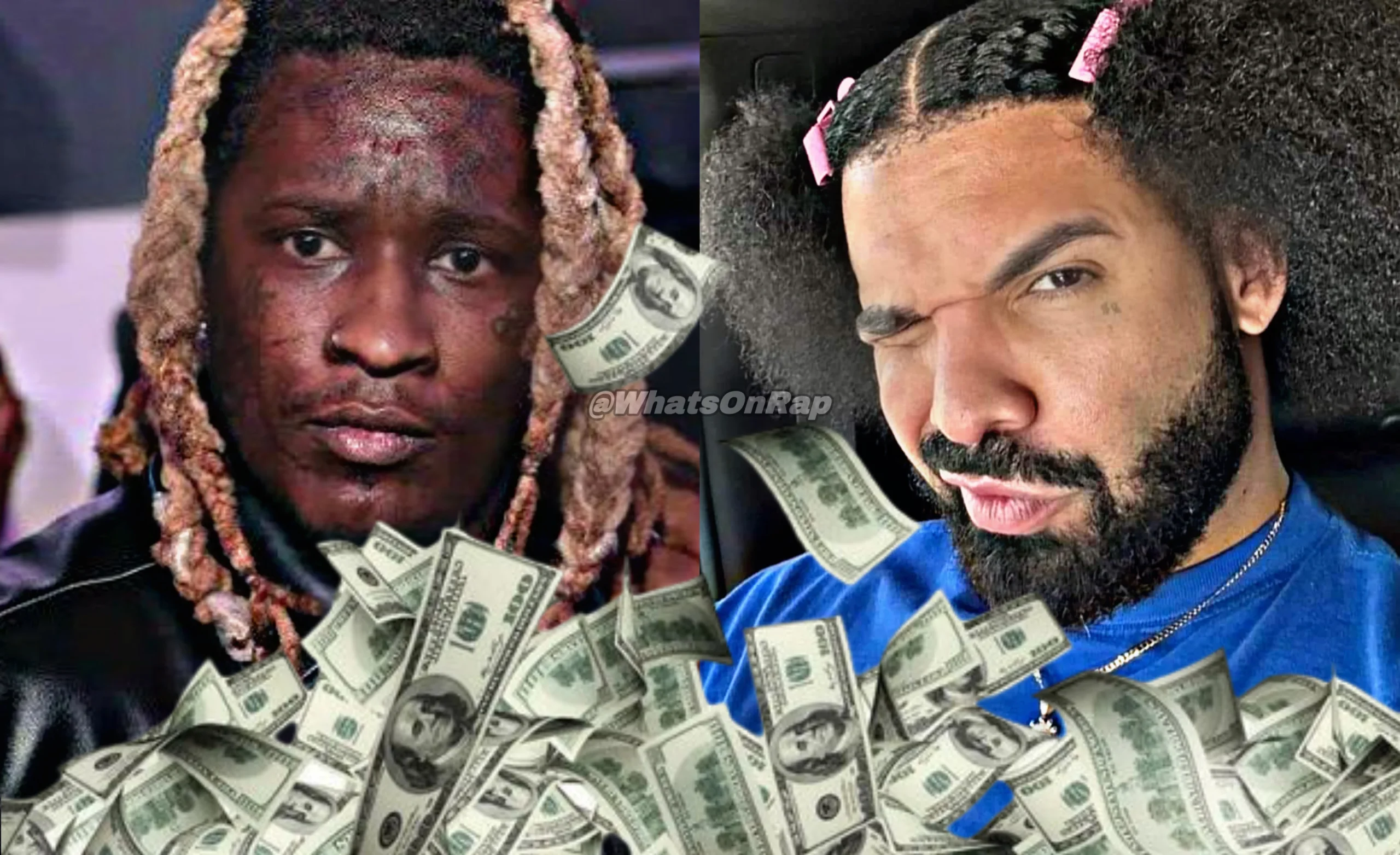50 Cent’s musical career has spanned over two decades, yet his music continues to resonate with audiences across generations.
His breakthrough success in the early 2000s established him as a cultural icon, and his music has remained relevant through innovation, thematic universality, and adaptability.

Early 2000s dominance
50 Cent’s debut album “Get Rich or Die Tryin’” was released in 2003 and became a commercial and critical success. The album sold over 9 million copies worldwide and produced several hit singles, including “In Da Club” and “21 Questions.” This massive popularity at the peak of his career created a shared cultural touchstone for later generations discovering his music.
The album’s G-Unit sound, blending hip hop, gangsta rap, and R&B, heavily influenced the rap music of the 2000s. 50 Cent pioneered a signature rapping style that mixed humor, aggression, and storytelling. His production team, led by Dr. Dre, crafted a gritty East Coast-influenced sound that set him apart. This musical innovation helped shape the genre for years to come and attract fans across generations appreciative of hip hop’s evolution.

Early 2000s dominance
50 Cent’s debut album “Get Rich or Die Tryin’” was released in 2003 and became a commercial and critical success. The album sold over 9 million copies worldwide and produced several hit singles, including “In Da Club” and “21 Questions.” This massive popularity at the peak of his career created a shared cultural touchstone for later generations discovering his music.
The album’s G-Unit sound, blending hip hop, gangsta rap, and R&B, heavily influenced the rap music of the 2000s. 50 Cent pioneered a signature rapping style that mixed humor, aggression, and storytelling. His production team, led by Dr. Dre, crafted a gritty East Coast-influenced sound that set him apart. This musical innovation helped shape the genre for years to come and attract fans across generations appreciative of hip hop’s evolution.

Career longevity and reinvention
50 Cent has remained active in the music industry for over two decades, releasing five studio albums and numerous mixtapes. Throughout his career, he has adapted to changing trends while staying true to his core sound. His later albums incorporated more pop and electronic elements while retaining elements of his signature G-Unit style.
This evolution and adaptability have allowed 50 Cent to remain relevant to both his original fanbase and new listeners. Fans who discovered him in the early 2000s still appreciate his classic sound, while younger audiences are drawn to his newer, trendier material. His career longevity itself serves as a connection point for different generations of rap fans.

Social media presence and memes
50 Cent actively uses social media, particularly Instagram, to engage with fans. His humorous posts, jokes, and memes help keep him relevant to younger audiences. His music often appears in popular internet memes and online content, further exposing him to new generations.
50 Cent’s social media presence helps bridge the generational gap by making him seem more accessible and relatable. Younger fans who may not have listened to his classic albums can still connect with him through his online persona. This cross-generational appeal, combined with the timelessness of his music, ensures that 50 Cent’s generational anthems will resonate for years to come.
In summary, 50 Cent’s music bridges generations through a combination of early 2000s dominance, musical innovation, thematic universality, career longevity, reinvention, and an active social media presence. The shared cultural touchstone he established, combined with the timeless themes and emotions in his lyrics, allow his music to speak to audiences across age groups. 50 Cent’s story serves as an example of how an artist can remain relevant through adaptation while staying true to the core elements that first made them successful.











